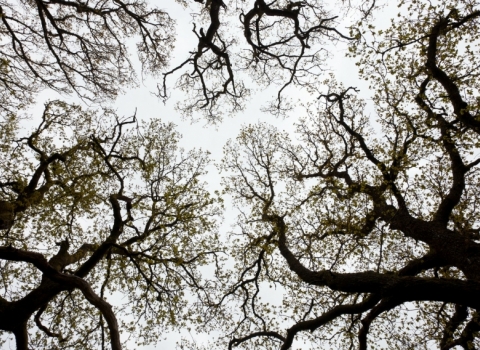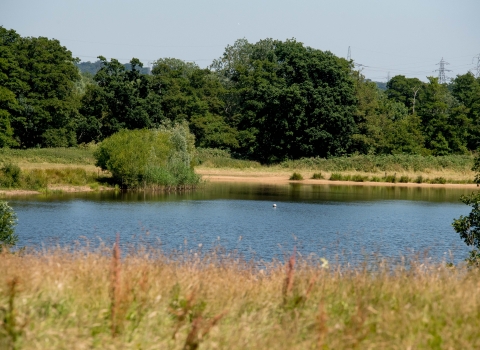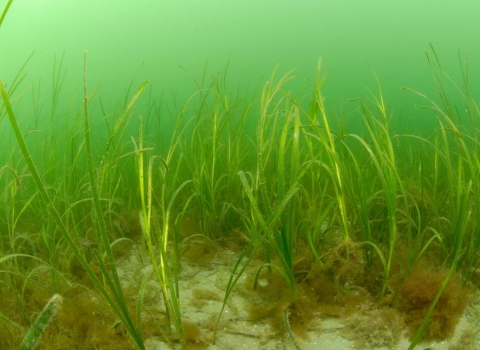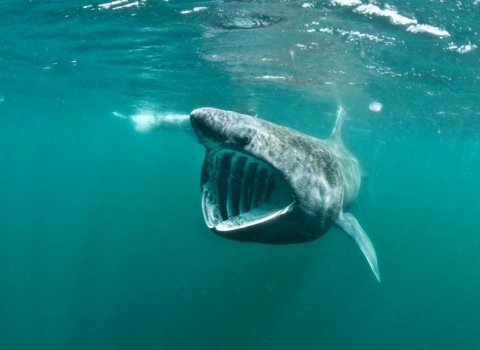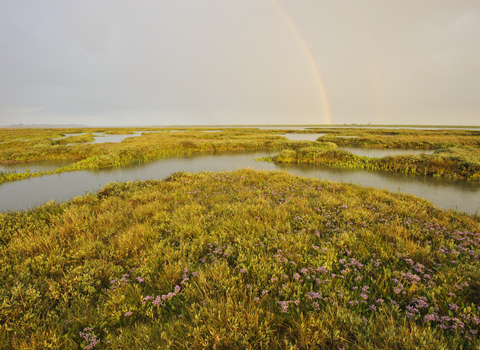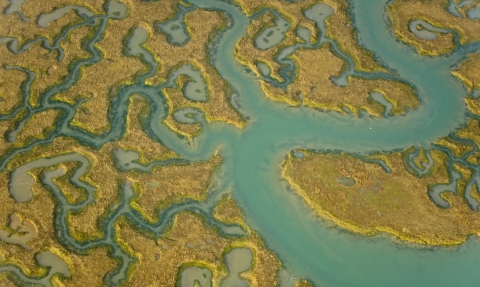
Estuary ©Terry Whittaker 2020VISION
Natural solutions to climate change
A climate and nature emergency
We are in the middle of a climate and nature emergency, and the two are inextricably linked. Climate change is driving nature’s decline, and the loss of wildlife and wild places leaves us ill-equipped to reduce carbon emissions and adapt to change.
One cannot be solved without the other.
That is why we are calling on the Government, industry and local authorities to step up and take action, by investing in nature’s recovery and climate change mitigation.
We know from experience that restoring nature can help soak up carbon emissions, whilst contributing many additional benefits. When healthy, our natural habitats can reduce the risk of flooding, help prevent coastal erosion, improve people’s health and wellbeing, as well as maintain healthy soils, clean water and the pollinators needed for our crops – and therefore sustain us.
Nature itself is at risk from climate change, but if helped to recover, its potential to store carbon does mean it can help us to turn the tide on the climate catastrophe.
Green carbon solutions
Our habitats on land have a huge role to play in addressing climate change. Globally, plants have removed 25% of human-made carbon emissions, whilst our soils contain more carbon than is stored in those plants and the atmosphere combined!
Blue carbon solutions
Blue carbon has a huge role to play in tackling climate change. Oceans absorb 20-35% of human-made carbon emissions every year. Carbon is part of the whole system - stored in the tissues of the plants and animals, and in the mud and sediments.

